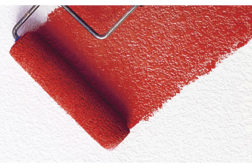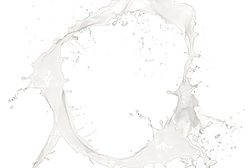Home » TiO2
Articles Tagged with ''TiO2''
Pigment-Encapsulating Acrylic Binder
for More Sustainable and Durable Exterior Coatings
January 6, 2014
New Functionalized Particles
Solutions for Enhanced Performance, Efficiency and Sustainability
Read More
Keep the info flowing with our eNewsletters!
Get the latest industry updates tailored your way.
JOIN TODAY!Copyright ©2025. All Rights Reserved BNP Media.
Design, CMS, Hosting & Web Development :: ePublishing










